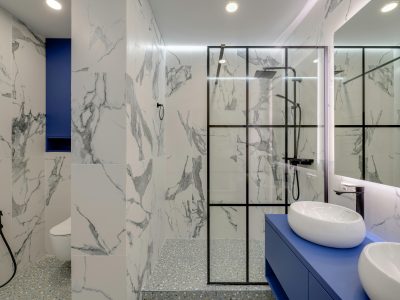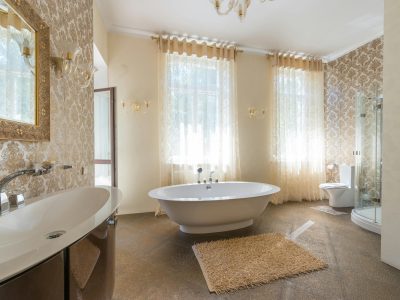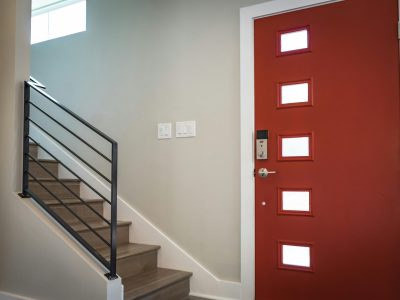In the realm of interior design, the future promises to be a landscape of innovation, where the boundaries between imagination and reality blur into an enchanting blend of functionality and aesthetics. As technology continues to advance at an unprecedented pace, the ways in which we conceptualize, create, and experience interior spaces are undergoing a remarkable transformation. What was once relegated to the realm of science fiction is now becoming an integral part of our everyday lives as designers harness the power of emerging technologies to craft spaces that seem to defy the limitations of the physical world.
At the heart of this evolution lies the convergence of various disciplines, from architecture and engineering to art and psychology. Gone are the days when interior design was solely focused on selecting colors, furniture, and fabrics. Today, it is about orchestrating immersive experiences that stimulate the senses and evoke emotions. And as we peer into the future, it becomes increasingly evident that technology will play a pivotal role in shaping these experiences.
One of the most intriguing aspects of future interior design is the integration of augmented reality (AR) and virtual reality (VR) technologies. Imagine stepping into a room and instantly transforming its appearance with a flick of your wrist or a voice command. With AR-enabled glasses or headsets, users will be able to overlay digital elements onto their physical surroundings, allowing for limitless customization possibilities. From changing wall colors to adding virtual artwork or even altering the entire architectural layout, the boundaries of what is possible will be dictated only by our imagination.
But the magic of future interior design extends far beyond mere visual enhancements. With the advent of smart materials and intelligent surfaces, our living spaces will become dynamic, responsive environments that adapt to our needs and preferences in real time. Imagine walls that can change transparency to control natural light levels or floors that adjust their temperature based on the weather outside. These advancements not only enhance comfort and convenience but also pave the way for more sustainable and energy-efficient design solutions.
Moreover, the proliferation of Internet of Things (IoT) devices will enable seamless integration and automation of various aspects of interior design. Smart appliances, lighting systems, and HVAC controls will communicate with each other to create optimal conditions within the space. At the same time, sensors embedded throughout the environment gather data to refine and personalize the user experience continuously. Whether it’s adjusting the lighting to match your mood or automatically reconfiguring furniture layout for different activities, the possibilities are as endless as they are exciting.
Another key trend shaping the future of interior design is biophilic design, which seeks to reconnect humans with nature in the built environment. Research has shown that incorporating elements such as natural light, greenery, and organic materials can have profound effects on our health and well-being, reducing stress levels and increasing productivity. In the future, we can expect to see even more innovative applications of biophilic principles, from living walls that purify the air to immersive virtual environments that replicate the sights and sounds of the natural world.
Furthermore, advances in robotics and artificial intelligence (AI) are poised to revolutionize the way we interact with our living spaces. Imagine having a personal assistant in the form of a humanoid robot that not only performs routine tasks like cleaning and maintenance but also learns your habits and preferences over time, anticipating your needs before you even realize them yourself. These intelligent companions will not only enhance convenience but also provide companionship and support, particularly for older people or people with disabilities.
Of course, with all these technological marvels comes the challenge of ensuring that they are accessible and inclusive for everyone. Designers must be mindful of factors such as affordability, ease of use, and privacy concerns to ensure that future interior design innovations benefit society as a whole. Additionally, as we embrace the digital revolution, it’s essential not to lose sight of the timeless principles of good design – balance, harmony, and human-centeredness.
The future of interior design holds the promise of a truly magical experience where technology and creativity converge to create spaces that delight and inspire. From augmented reality and smart materials to biophilic design and artificial intelligence, the possibilities are limited only by our imagination. As we embark on this journey into the unknown, let us embrace the opportunities that lie ahead and continue to push the boundaries of what is possible in the world of interior design. After all, in the words of Arthur C. Clarke, “Any sufficiently advanced technology is indistinguishable from magic.” And in the future of interior design, magic will be all around us, woven into the very fabric of our living spaces.













Comments